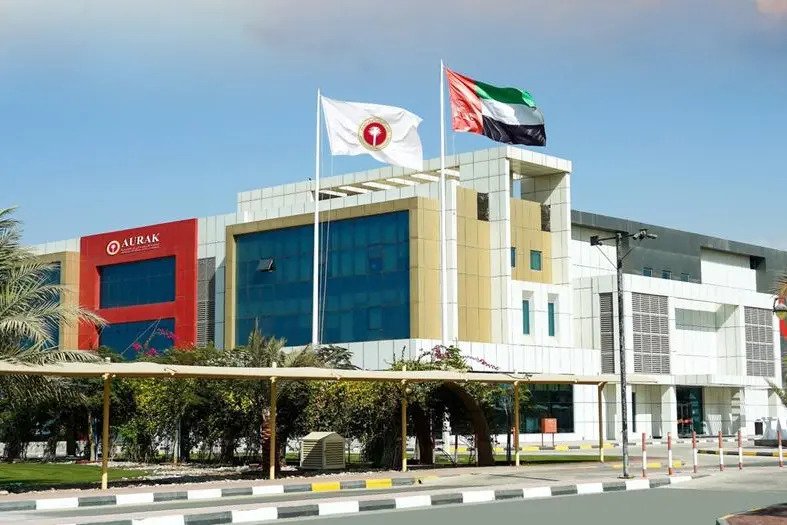Ras Al Khaimah, UAE: While the global news media world is being disrupted by Artificial Intelligence (AI) led by bigtime players, news organisations in the UAE have been slow in the use and adoption of AI in newsrooms, according to a paper authored by three university researchers.
The findings suggest that while the UAE as a nation is adopting AI rapidly, news organizations are still experimenting with AI at a slow pace, at a time when the world is transitioning from digital journalism to ‘algorithmic journalism’, driven by AI.
Algorithmic journalism refers to news articles generated by computer algorithms – the automated gathering, production, and publishing of news based on programmed algorithms.
The paper was authored by Sabir Haque, an Assistant Professor of Mass Communication at the American University of Ras Al Khaimah (AURAK), Norita Ahmad, a Professor of Information Systems and Analytics at the American University of Sharjah and Mohammed Ibahrine, a Professor of Mass Communication at the American University of Sharjah.
Primary data for the paper were collected through in-depth online interviews with 11 participants, including journalists, editors, digital managers and executives, and technologists of news organizations in the UAE.
According to the paper, a majority of the interviewees agreed that most news organizations in the UAE were in early stages of AI adoption; they have just started the AI transformation processes by experimenting with this new technology and engaging employees with the needed talents to implement it. However, not all news organizations have a clear and coherent AI strategy.
Based on the responses, impeding factors included editors’ traditional approach to transitioning into new technologies, many of whom are content with beginner-level AI systems in the newsrooms. One interviewee admitted that transition to disruptive technology would take longer because the senior leaders are only interested in integrating AI into limited aspects of the workflow, and some leaders lack an AI mind-set.
Another participant said while the will to implement new technology is present, most news organizations do not have the resources to adopt something so disruptive. As a result, by the time they encounter the new technologies, new tools have surfaced.
Most interviewees involved with B2B publishers, in contrast to those working for legacy news organizations, were, however, enthusiastic about AI adoption. According to the paper, the B2B AI strategies are driven by the younger newsreaders, the new target audiences on digital platforms, social media, and mobile devices.
The authors suggest that UAE news organisations need to switch to an AI-driven newsroom, where technologists, journalists, entrepreneurs, and innovators meet to automate and generate quality news content based on an AI strategy.
They cite the example of Asharq News, a 24/7 Arabic multiplatform news service, which reaches across the Arab world and beyond through a dedicated television channel and multiple digital platforms, powered by an AI system of content curation and IP technology. This system includes virtualized and on-premises content, utilizing cloud-based applications, and a hybrid architecture for content aggregation, production, and distribution.
The authors point out that adoption of AI in newsroom will help news organisation to keep pace with disruptive developments, and also empower journalists by streamlining media workflows, automating mundane tasks, facilitating data crunching, identifying media trends and insights, eliminating fake news, and generating outputs.








